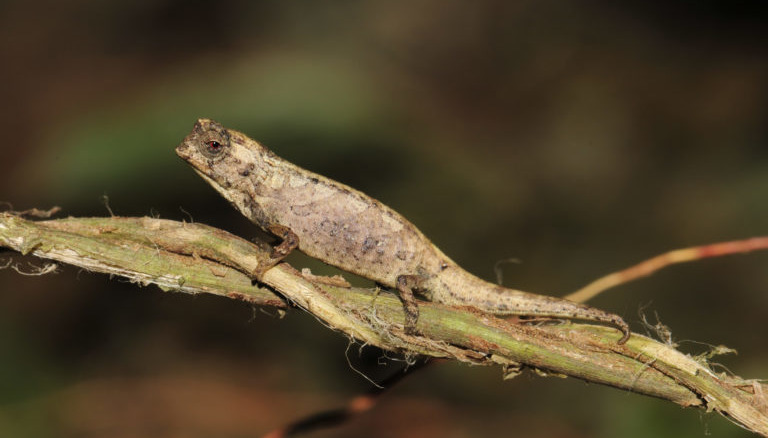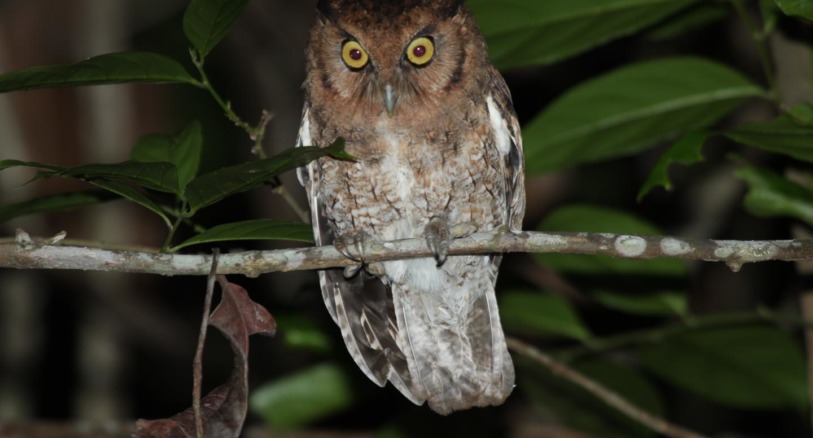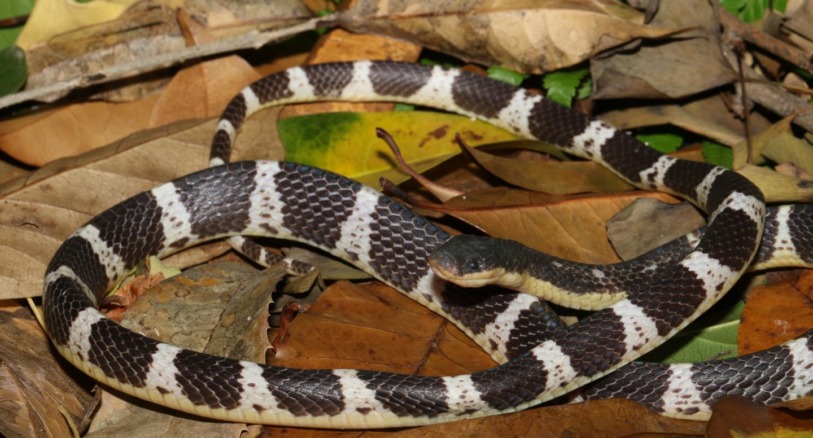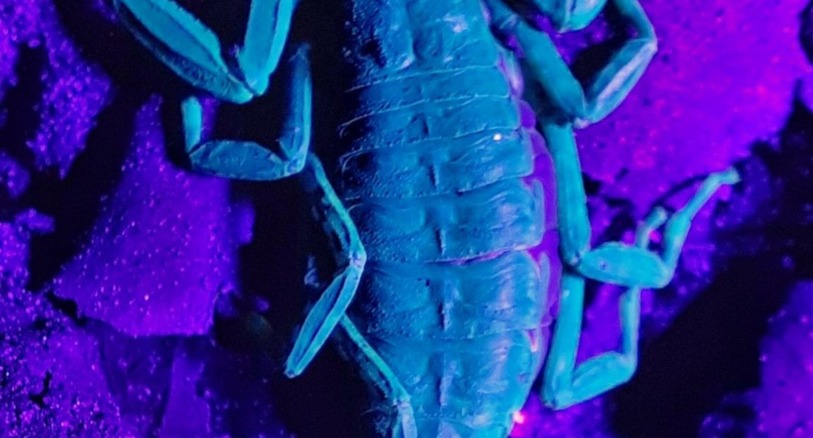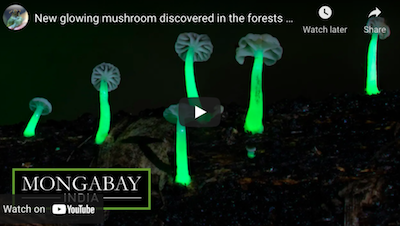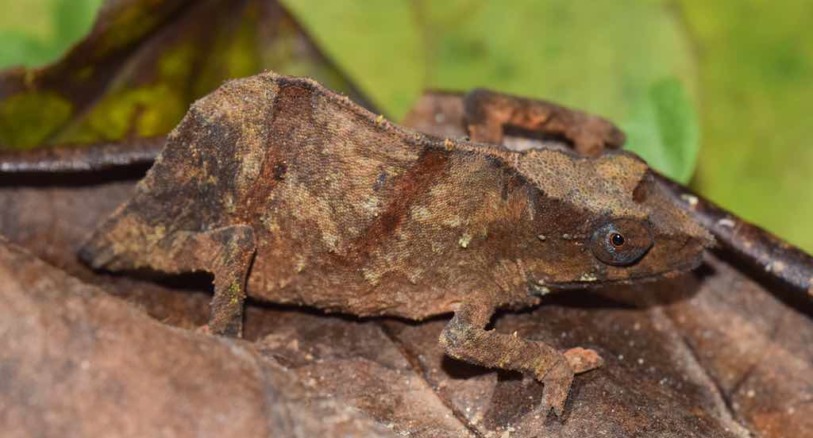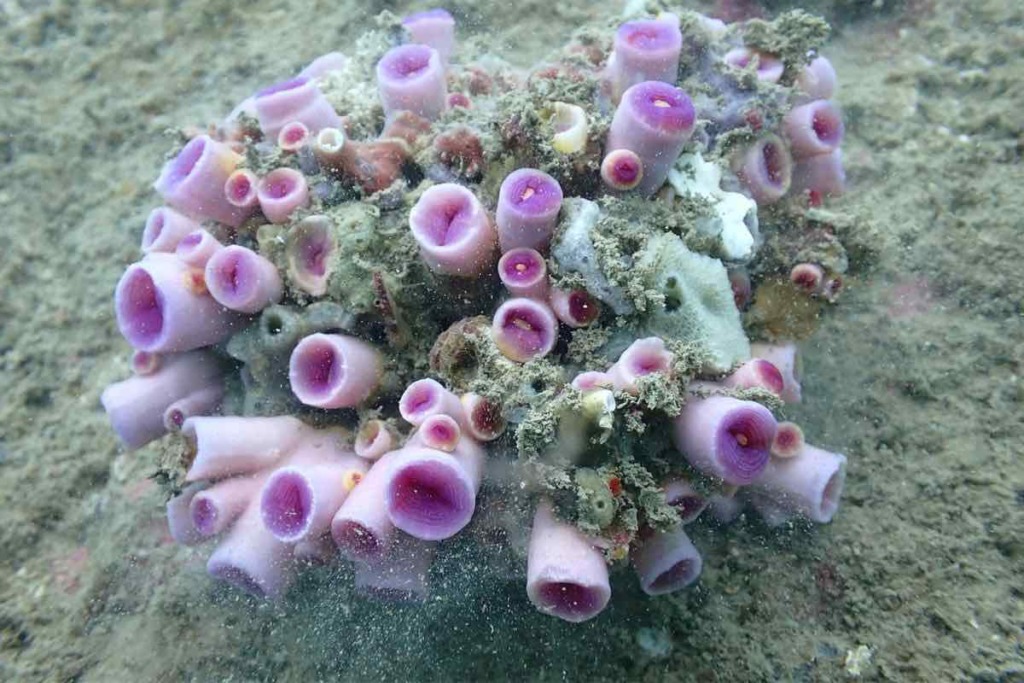
Qiu Jianwen, a professor at Hong Kong Baptist University, and his colleagues are studying the impact of sea urchins, coral-eating nudibranchs (sea slugs), and coral bleaching on coral reefs around Hong Kong. While they were looking for nudibranchs, they found a surprise: three new colorful species of coral. The new coral species are orange, purple, and green and belong to a group called sun corals.
Sun corals are coral species that do not build reefs. They also do not have symbiotic algae living within them that produce food for them like reef-building coral species do. Sun corals live in deeper waters than reef-building corals, at depths of 10-30 meters (33-98 feet) below the water’s surface. Sun corals eat by capturing zooplankton from seawater with their tentacles.
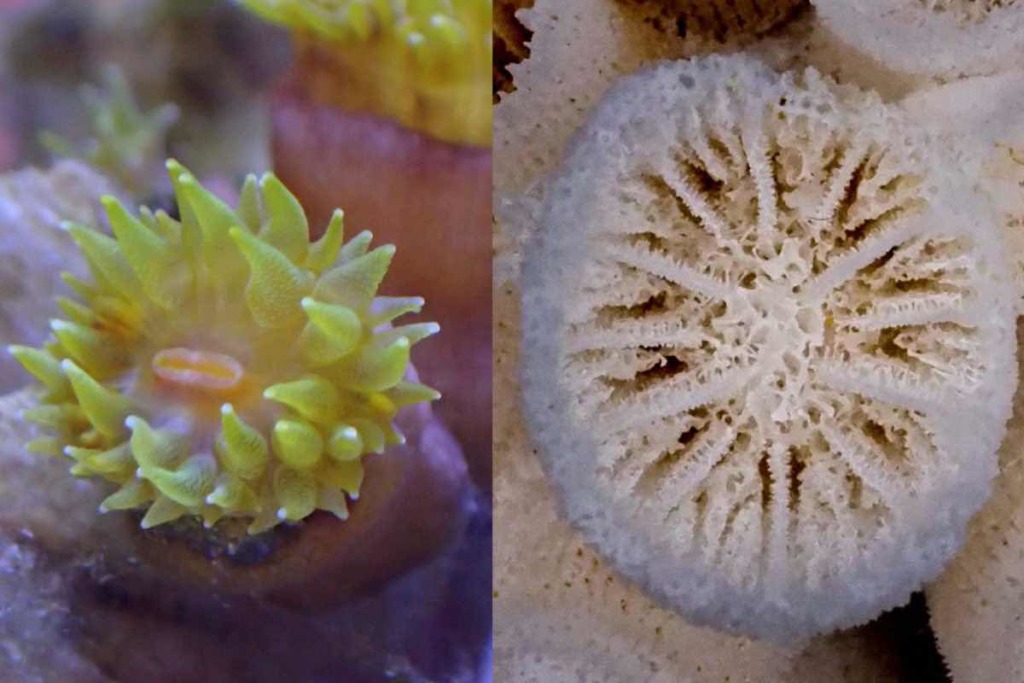
Qiu Jianwen and his master’s student Yiu King-fung think that they might discover more species as their study continues. “Given that corals are one of the best-studied marine animals, our study reveals how little we know about marine diversity, and how many undescribed species are still awaiting our discovery,” said Qiu Jianwen.
Read more about this discovery on Mongabay.com:
Citation:
Yiu, S. K., & Qiu, J. (2022). Three new species of the sun coral genus Tubastraea (Scleractinia: Dendrophylliidae) from Hong Kong, China. Zoological Studies, 22.

